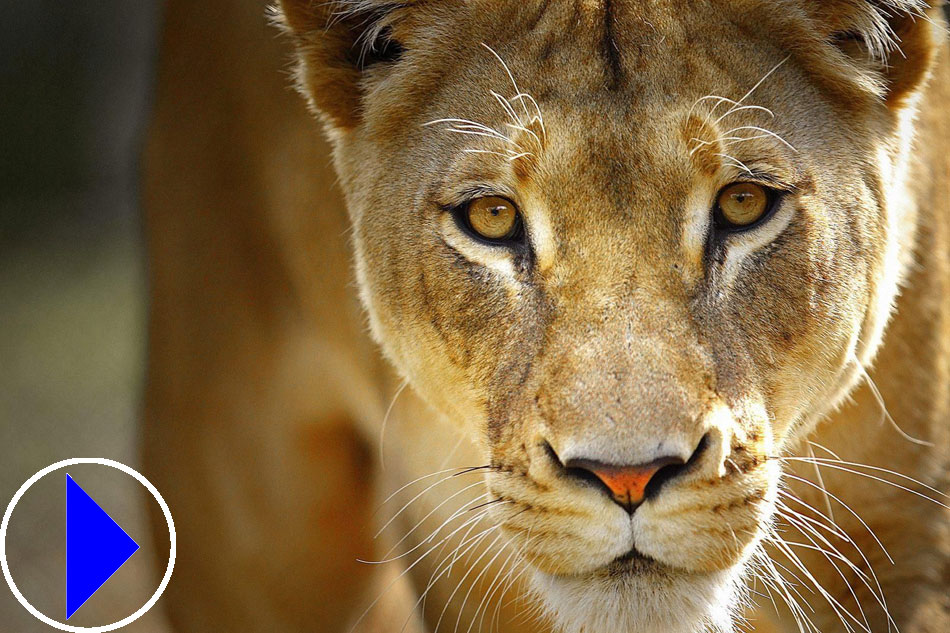
LIONS, EDINBURGH ZOO, LIVE WEBCAM
- Local time
- Location: Edinburgh Zoo, Edinburgh, Scotland
- Source: www.edinburghzoo.org.uk
-
Info: Live streaming Asiatic lion webcam at Edinburgh Zoo in Scotland. There are three male Asiatic lions at Edinburgh Zoo - dad Jayendra and his sons, Keshari and Kushanu.
View the location of Edinburgh Zoo in Scotland, with Mapquest
To view more lion and tiger cams, visit: Live Lion and Tiger Webcams in Zoos
More info: The lions at Edinburgh Zoo are part of the European Endangered Species Programme (EEP). It is very important to conserve the genetics of the species, increasing the possibility of future generations being reintroduced into the wild. Edinburgh Zoo works with EEP and other breeding conservation programmes in order to succeed with this aim.
The Asiatic lion which was once found in large populations throughout southwest Asia is today only found in isolated groups in the Gir Forest Preserve of Gujurat in northwestern India.
The wild population of Asiatic lions is derived from just a dozen individuals that survived in the early 20th century. Today, the lions are under threat from such things as fires, poaching, habitat destruction, conflict with the human population and a decline in prey animals on which they feed.
Asiatic lions are slightly smaller than African lions. Unlike African lions, the males tend not to accompany the females of their pride unless breeding or sharing a large kill.
The male Asiatic lion has a relatively short, sparse and darker mane compared to the fuller mane of the African lion. As a result, the male Asiatic lion's ears tend to remain visible at all times. The most distinguishing characteristic of the Asiatic lion is the longitudinal fold of skin that runs along its belly, which is absent in the African lion.
Additional Information:

